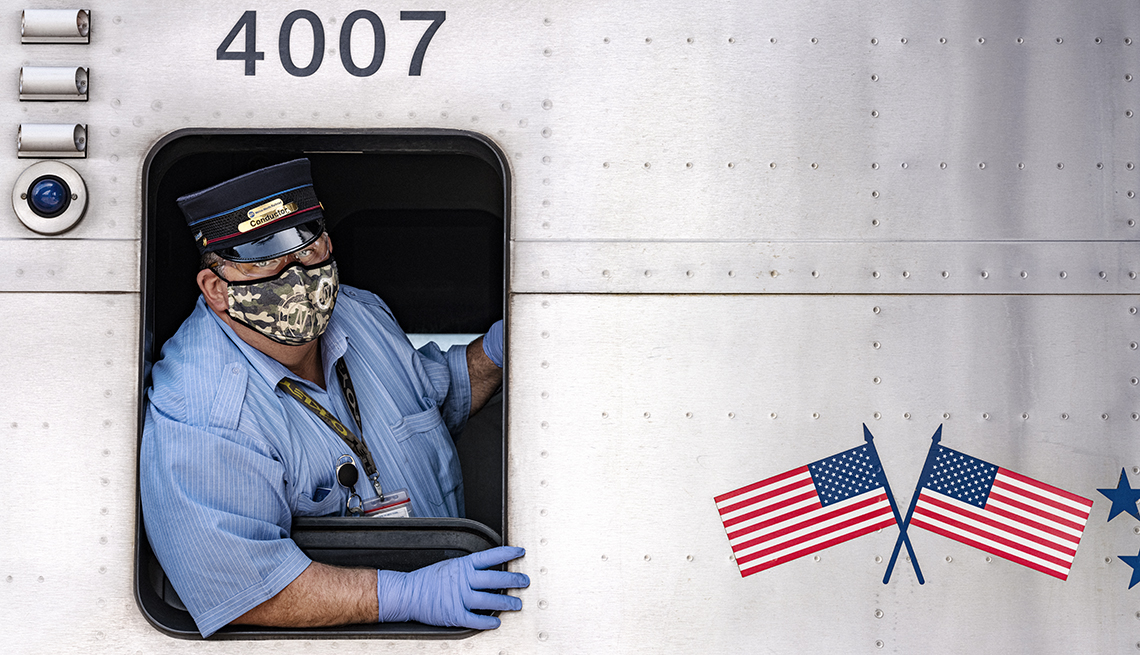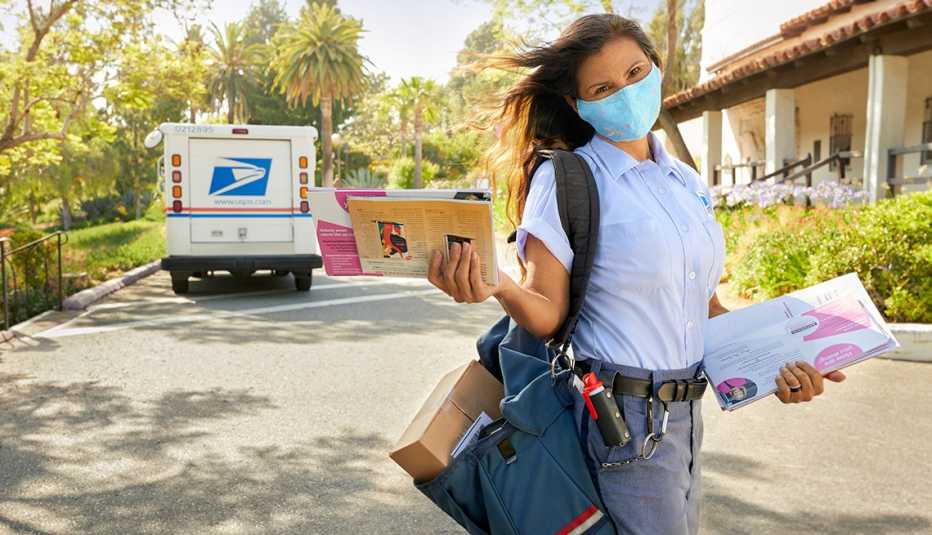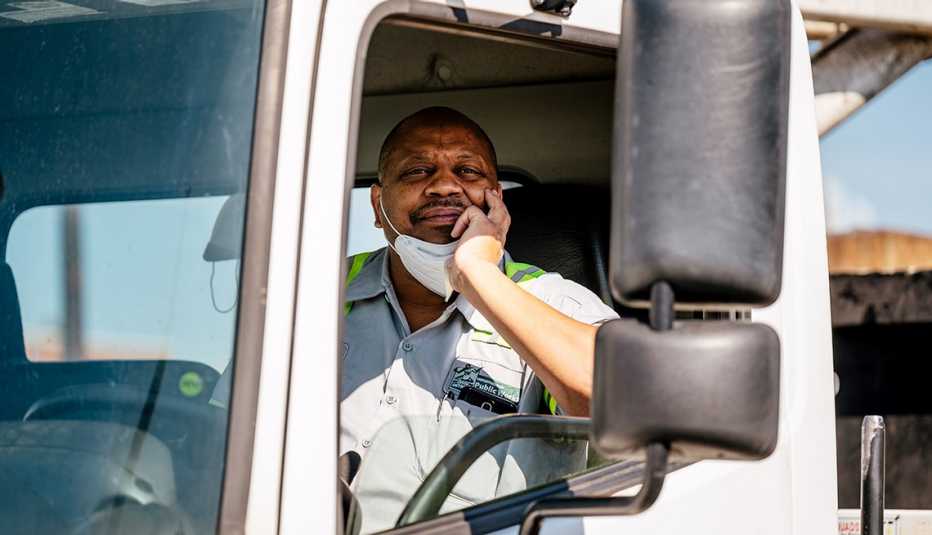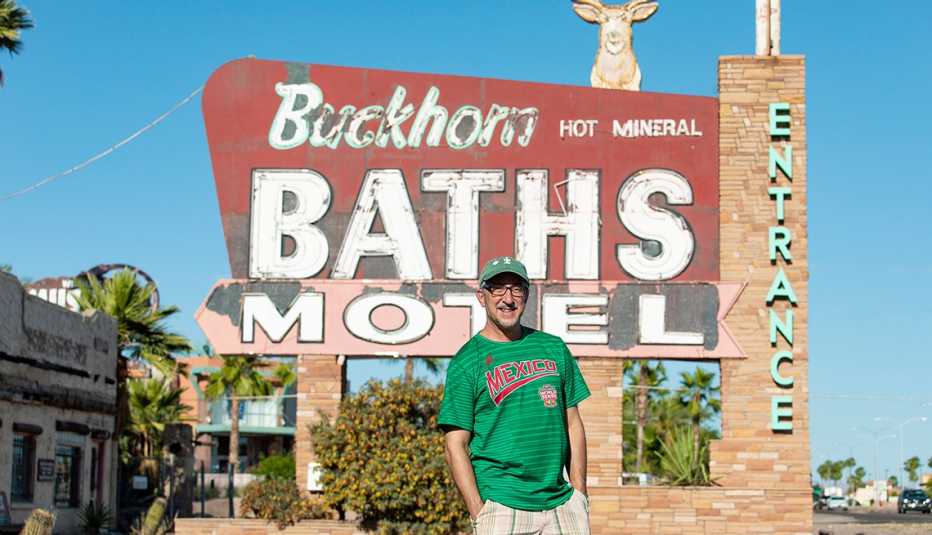AARP Hearing Center
Growing up in New York where everything is hustle and bustle, we always had big crowds to navigate, whether we were walking the streets or riding the trains. And that's the way it was at my job before the pandemic. During rush hour we used to have more than 700 people riding my trains — I'm a conductor on the Hudson line out of Grand Central Station. Now it's down to about 60 people. And the drop in ridership was overnight. It seemed surreal.
When the trains were more crowded, the ride went a lot quicker because I was constantly moving around. It's a lot different from being a conductor on mass transit. We patrol the trains, collect tickets, sell tickets, operate the doors, make announcements so everybody knows where they're going, help people on and off the train. We make people feel safe. I just started my 22nd year, and you really get to know the riders. The ones you speak to on a daily basis become like your railroad family.
But I don't see those people right now, and I miss them — people like Bert, a World War II veteran, or this little girl whose mother and father took turns taking her to school, near 125th Street in Harlem. I'd always draw a smiley face on her seat check. I wonder how big she is going to be the next time I see her. There is one passenger who I have kept in touch with over the course of this time: Mrs. Kessler, a 90-plus-year-old lawyer who was still going into Manhattan to work nearly every day. My last train of the day was her go-home train, so I'd hold her bags and help her down the platform. She isn't going into the city for now, but we got each other's numbers, and we text all the time. I heard from her yesterday.
The people on the train now, I don't know so much. And conversation is limited because of social distancing. The atmosphere is different, too. But I still take pride in the job that I do, which is to get people from point A to point B in the safest possible manner, and on time. And I still treat people the way I would want to be treated — help them feel comfortable, maybe even make them smile behind their masks. From that aspect, the job hasn't changed.
But the virus, it does change things. People are dying. And if I started thinking about it too much, I'd drive myself crazy. I just try not to be fearful. To quote my wife, no matter how much you plan, anything could happen in a snap of a finger — you could step off the curb and, God forbid, get hit by a car. So I just accept and adapt to what's happening right now, and just keep moving forward.
— As told to Marilyn Milloy































































